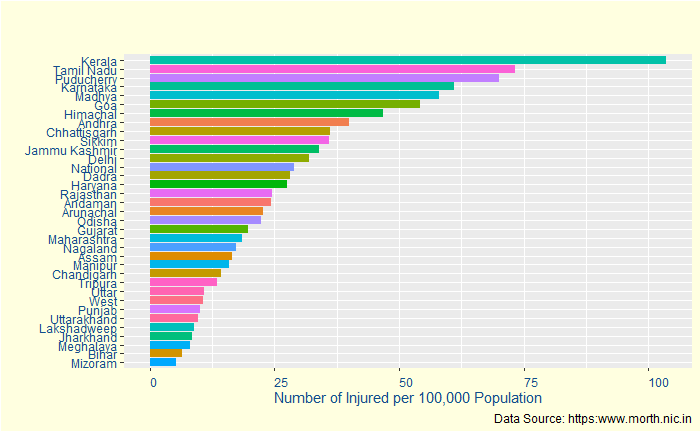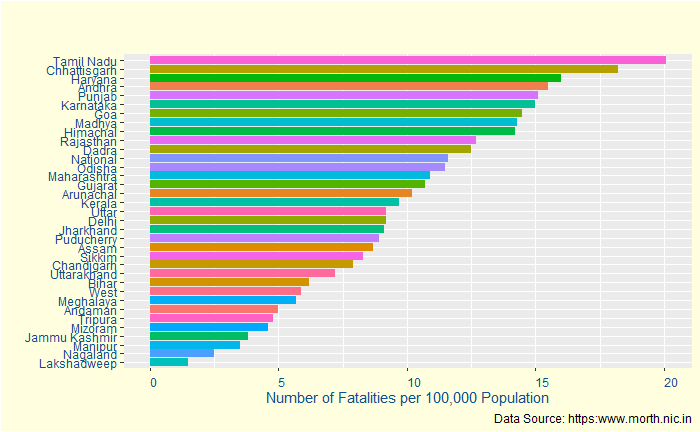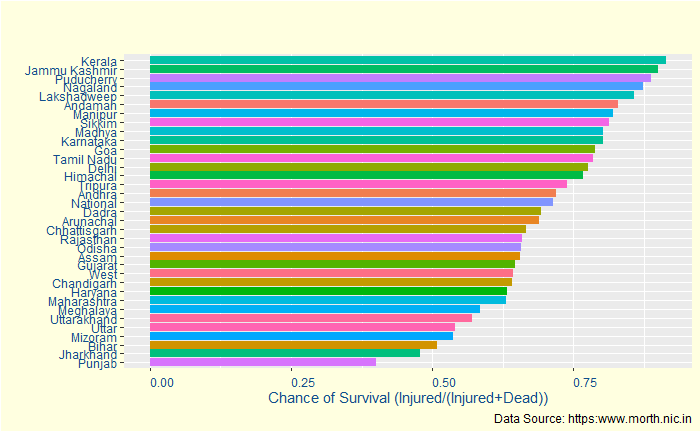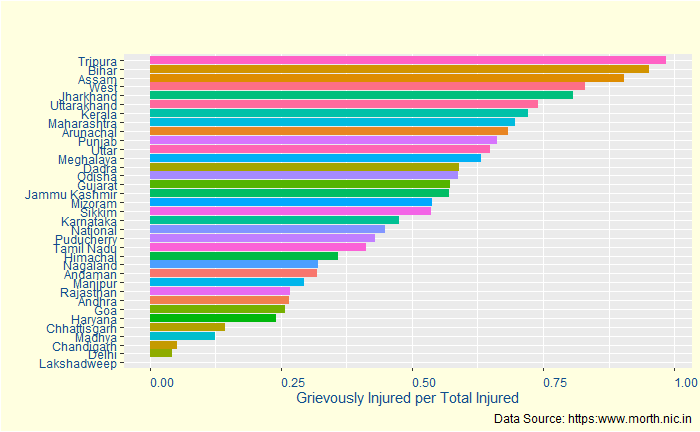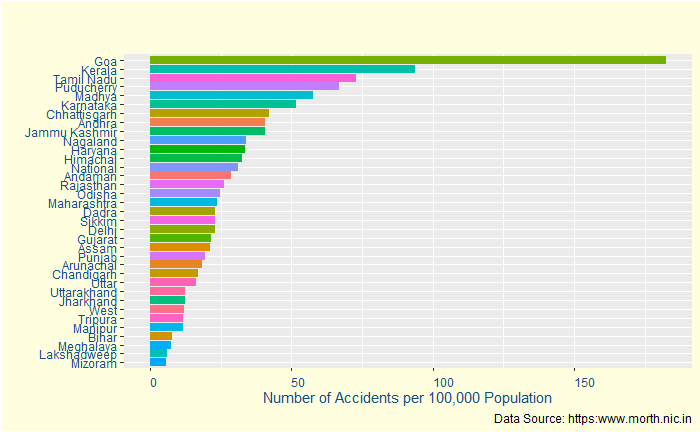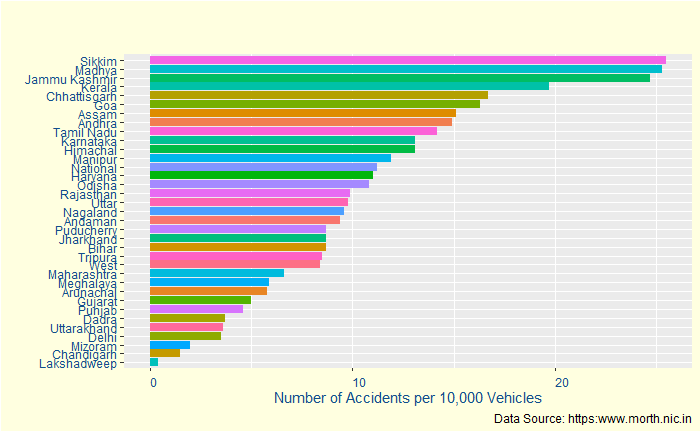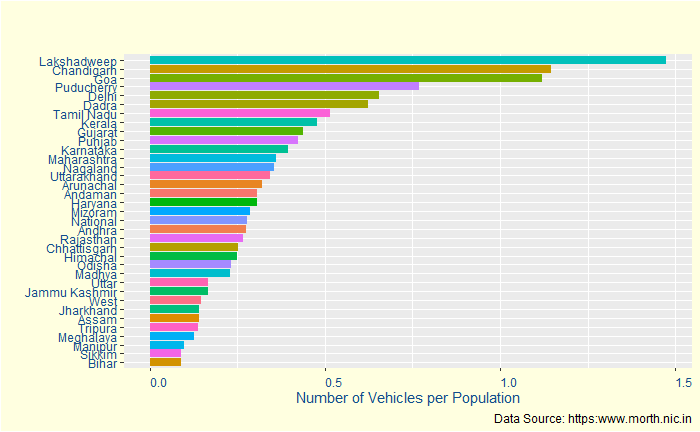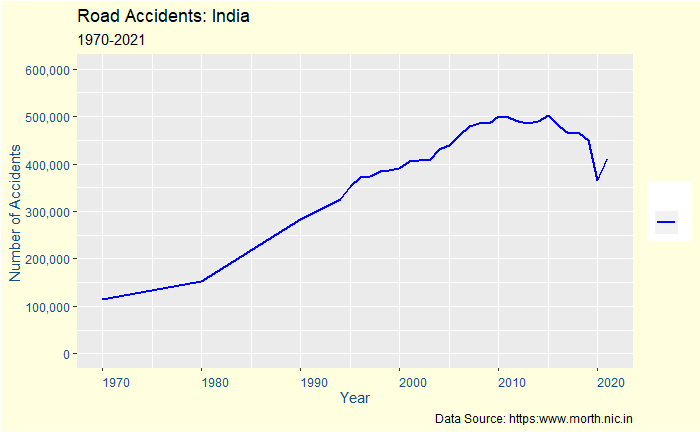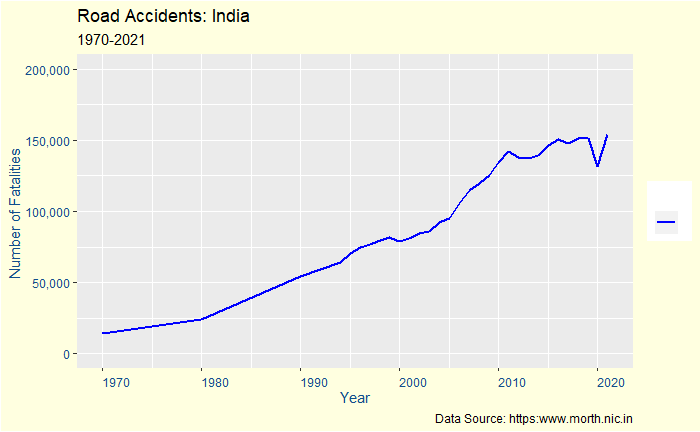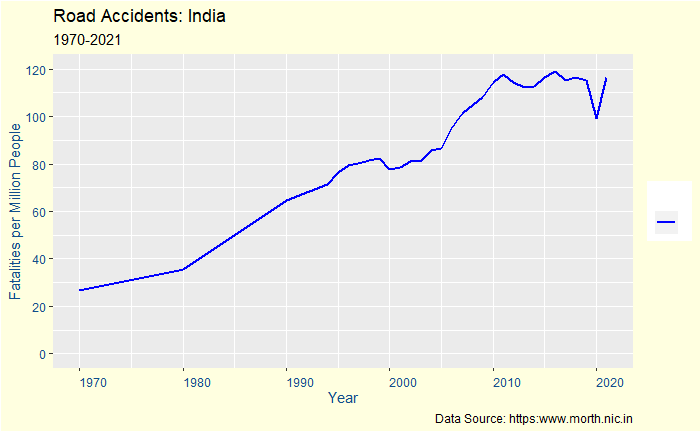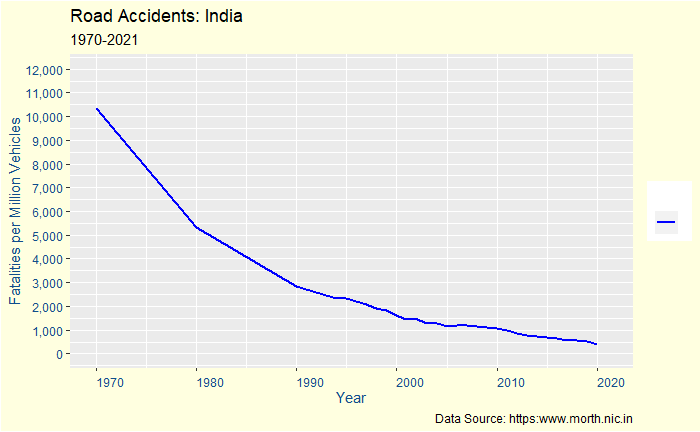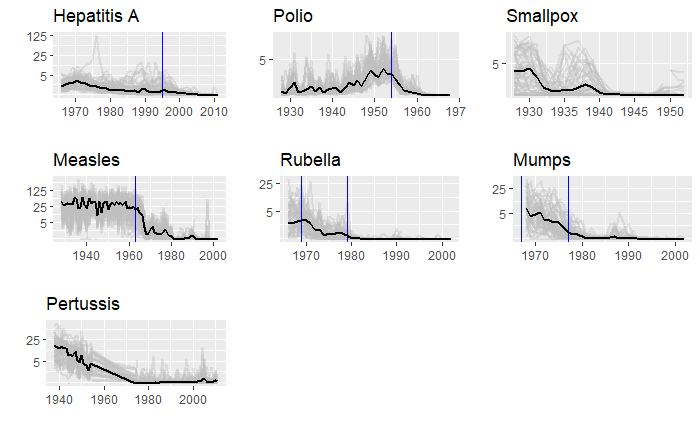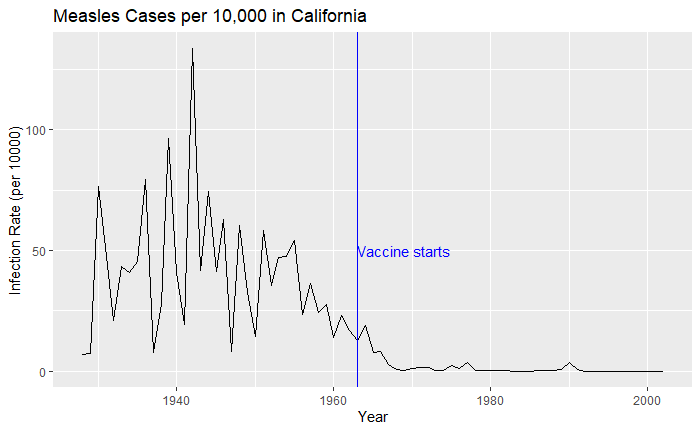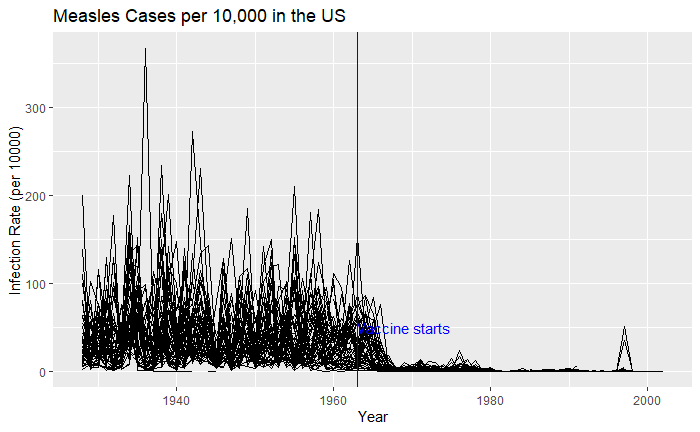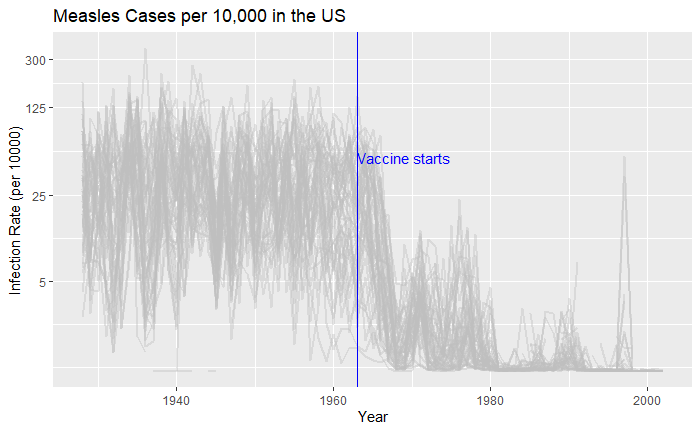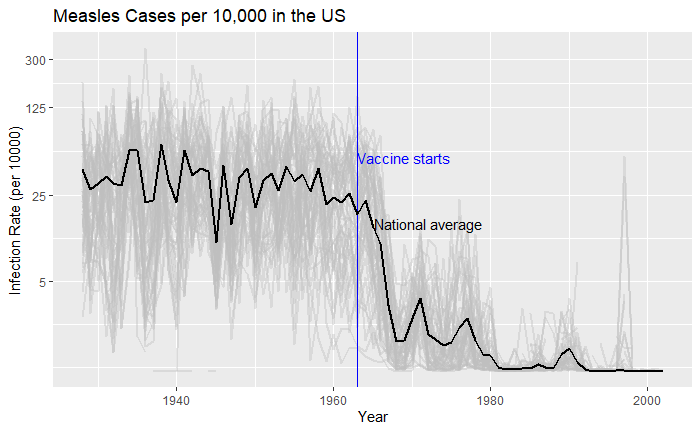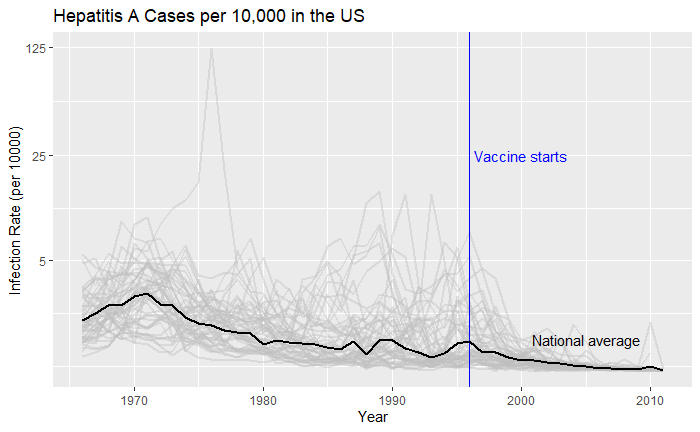What Asteroid Ryugu Tells Us
I’m sure you remember Miller–Urey experiments that, in the 1950s, generated molecules of life by passing electric discharge over a mixture of methane (CH3), ammonia (NH3), water (H2O) and hydrogen (H2). The molecules reported were amino acids such as aspartic acid, glycine, alanine and alpha-amino butyric acid.
Ferus et al. in 2017 went even further. They shone electric discharge (simulating lightning) and laser (simulating asteroid plasma) on a mixture of NH3, CO and H2O, producing RNA nucleobases – uracil, cytosine, adenine, and guanine.
Straight from space
While laboratory experiments such as these demonstrated the origin of fundamental molecules from simple gaseous species present in the universe, it can never replace evidence from space, the true cradle of these building blocks of life. And that’s what happened when scientists analysed samples from an asteroid.
The team led by Yasuhiro Oba analysed samples collected in 2018 from asteroid Ryugu and found uracil, one of the four bases of RNA.
Pristine sample
The beauty of this sample is that it was uncontaminated by anything from the earth as it was collected and sealed at the asteroid surface by the Hayabusa2 mission.
Studies like these suggest that foundations of life, such as the molecules of interest, might have been formed in carbonaceous asteroids and delivered to the early earth.
Reference
Yasuhiro Oba et al.; Nature Communications, 2023, 14:1292
Asteroid sample study: The conversation
Stanley L Miller, A production of Amino Acids Under Possible Primitive Earth Conditions, Science, 1953
Formation of nucleobases in a Miller–Urey reducing atmosphere, PNAS, 2017
What Asteroid Ryugu Tells Us Read More »
